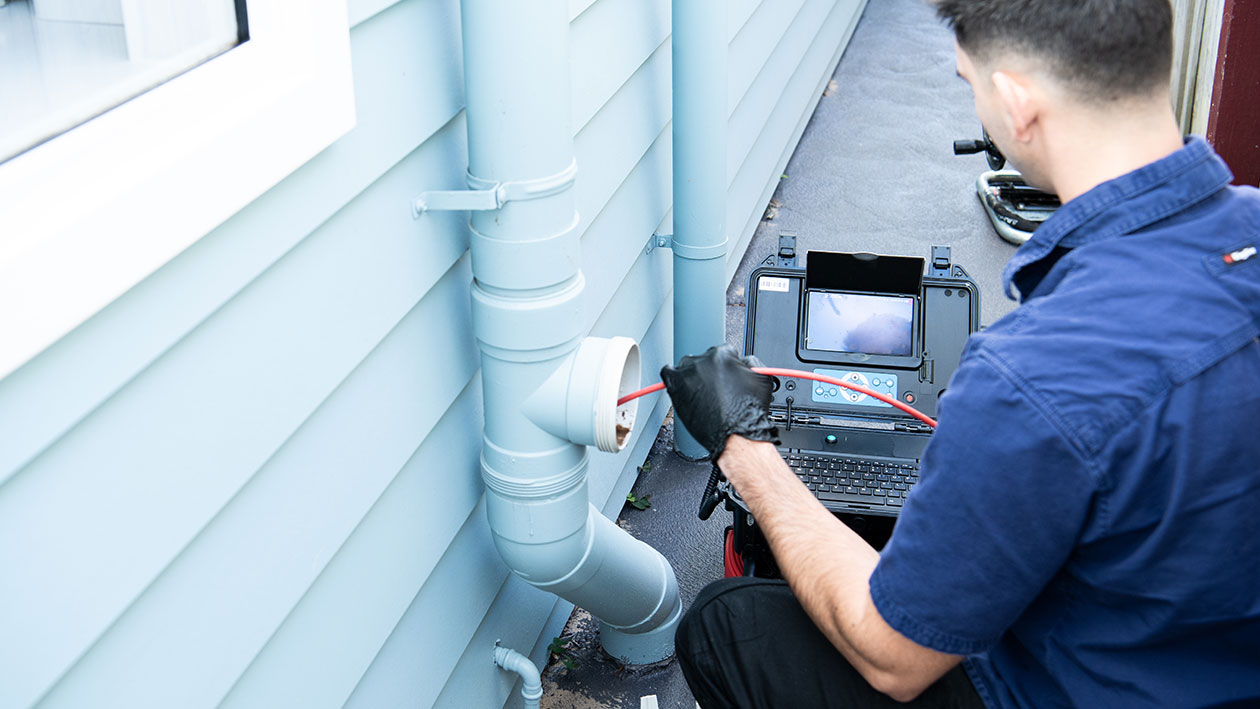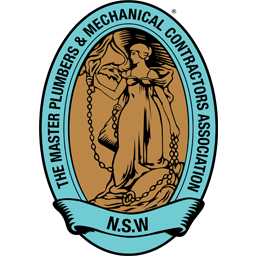Your home plumbing system plays a crucial role in delivering clean water and eliminating waste water. This complex network of pipes, valves, drains, and fixtures needs to work together harmoniously. Regular maintenance is important for longevity and preventing potential problems. Dealing with plumbing issues can be frustrating, but this comprehensive guide can help you identify common problems, assess their severity, and find the best solutions, whether it’s a DIY fix or calling in a professional.
In this guide:
1. Leaking Taps
- Identification: Dripping sound, visible water droplets, water pooling in the sink. Common with indoor and outdoor taps.
- Severity: Can range from minor annoyance to significant water waste.
- DIY Solutions:
- Tighten the handle.
- Replace worn-out washers or O-rings (requires turning off water supply).
- Professional Help: Consider a plumber if DIY attempts fail or for complex faucet types.
- Identification: Constant sound of water flowing into the toilet bowl.
- Severity: Wastes water, increases water bills.
- DIY Solutions:
- Check the flapper valve for proper sealing.
- Adjust the float arm to control water level.
- Professional Help: May be needed for worn-out parts or internal toilet mechanisms.
- Identification: Slow drainage, gurgling sounds, foul odours.
- Severity: Ranges from inconvenience to major blockage requiring immediate attention.
- DIY Solutions:
- Use a plunger to dislodge clogs.
- Try a mixture of baking soda and vinegar followed by hot water.
- Professional Help: Recommended for stubborn clogs, potential drain cleaning, or camera inspection.
4. Slow Draining Sink
- Identification: Water takes longer than usual to drain from the sink.
- Severity: Usually minor, but persistent slow drainage may indicate a larger issue.
- DIY Solutions:
- Check and clean the sink stopper.
- Use a plunger or a plumbing snake to clear minor clogs.
- Professional Help: Consider if DIY solutions fail or if the problem affects multiple sinks.
5. Leaking Roof
- Identification: Water stains on ceilings, dripping sounds during rain, visible damage to roofing materials.
- Severity: Ranges from minor leaks to major structural issues requiring immediate attention.
- DIY Solutions:
- Small leaks can sometimes be temporarily patched with roofing sealant (ensure safety on the roof).
- Professional Help: Essential for a proper plumbing inspection, repairs, and preventing further damage.
- Identification: No hot water, leaking hot water heater, insufficient hot water, fluctuating water temperature.
- Severity: Varies from inconvenience to potentially serious issues with the water heater.
- DIY Solutions:
- Check the pilot light (gas heaters) or circuit breaker (electric heaters).
- Professional Help: Necessary for most repairs, especially if involving gas or electrical systems.
7. Leaking Showers
- Identification: Water dripping from the showerhead, leaking through shower walls or floor.
- Severity: Can lead to water damage and mould growth if left unaddressed.
- DIY Solutions:
- Tighten showerhead connections.
- Recaulk around the showerhead and faucet.
- Professional Help: May be required for leaks behind walls, faulty shower valves, or damaged plumbing.
8. Backed Up Sewer
- Identification: Multiple drains backing up, gurgling noises from drains, foul odour from drains/outside.
- Severity: A serious plumbing emergency requiring immediate professional attention.
- DIY Solutions: Not recommended due to health risks and potential for further damage.
- Professional Help: Call a plumber immediately to diagnose and clear the sewer line blockage.
9. Gas Leaks
- Identification: Rotten egg smell, hissing sounds near gas appliances or pipes.
- Severity: Extremely dangerous, posing risk of fire or explosion. Evacuate immediately.
- DIY Solutions: Do not attempt to fix gas leaks yourself.
- Professional Help: Call your gas company or emergency services immediately to shut off the gas and address the leak.
10. Frozen Pipes
- Identification: No water flow from faucets, visible frost on pipes.
- Severity: Can cause pipes to burst, resulting in significant water damage.
- DIY Solutions:
- Apply heat to the frozen pipe using a hairdryer (low setting) or towels soaked in warm water.
- Professional Help: Call a plumber if thawing attempts fail or you suspect a burst pipe.
- Identification: Water rises and spills out of the toilet bowl.
- Severity: Ranges from messy inconvenience to potential water damage if not addressed quickly.
- DIY Solutions:
- Turn off the water supply valve behind the toilet.
- Plunge the toilet to clear a blockage.
- Professional Help: Necessary if the overflow is frequent or plunging doesn’t solve the problem.
12. Noisy Pipes
- Identification: Banging, hammering, whistling, or gurgling sounds within the plumbing system.
- Severity: Often a sign of underlying plumbing issues, such as high water pressure or loose pipes.
- DIY Solutions:
- Check for loose pipes and secure them with pipe straps.
- If the noise occurs when the water is running, it might be high water pressure – contact a plumber to check and adjust.
- Professional Help: Diagnosing and addressing the root cause of persistent or concerning noises is recommended.
13. Corroded Pipes
- Identification: Discoloured water, brown water, low water pressure, visible rust or corrosion on plumbing pipes.
- Severity: Can lead to leaks, reduced water quality, and require pipe replacement.
- DIY Solutions:
- Not recommended, as DIY attempts can worsen the problem.
- Professional Help: Essential for assessing pipe condition, recommending repair or replacement options.
14. Low Water Pressure
- Identification: Weak water flow from faucets and showerheads.
- Severity: Ranges from inconvenience to a potential sign of a more serious plumbing issue.
- DIY Solutions:
- Check faucet aerators and showerheads for mineral buildup and clean or replace as needed.
- Professional Help: If cleaning aerators doesn’t help, call a plumber to diagnose the cause, which could be a closed valve, a leak, or a problem with the water main.
Maintaining sufficient water pressure is not merely a convenience but a necessity for the optimal operation of dishwashers, washing machines, showers, and more. Optimal pressure ensures efficient system operation and helps in the prevention of leaks and pipe damage.
How do you know if your plumbing system is healthy?
- Efficient Draining: If sinks and bathtubs quickly clear water, your system is likely in good shape.
- Steady Water Pressure: Consistent and adequate water flow at all fixtures indicates a healthy system.
- Noises: Absence of banging or clanking noises in pipes suggests that the system is secure and air chambers are functioning.
- Clear Water: The absence of discolouration in water typically means the inside of your pipes is not corroded.
By contrast, frequent blockages, low water pressure, strange noises, or discoloured water signal underlying issues in your plumbing that require attention. These symptoms often precede more severe problems, and their prompt resolution may save considerable expense and inconvenience.
Plumbing problems are a common household headache. This guide equips you to identify those issues and determine the best course of action. Remember: Prompt action often prevents minor problems from escalating. While DIY fixes can address some plumbing issues, others require the expertise of a qualified plumber. Don’t hesitate to call a professional when needed—it could save you time, money, and major headaches in the long run.



